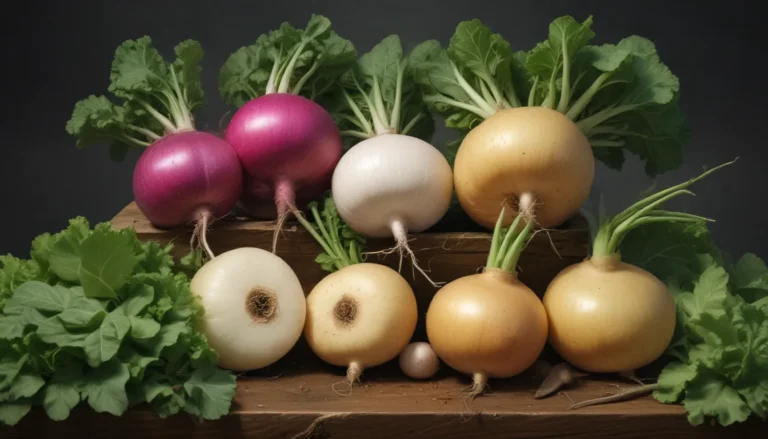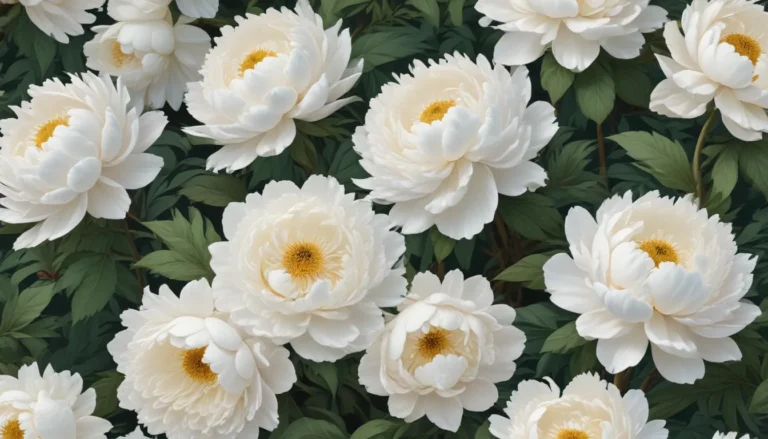How to Help Sunflowers That Won’t Bloom

Ah, sunflowers. The majestic giants of the garden that never fail to put a smile on your face with their bright and cheery blooms. But what do you do when your beloved sunflowers refuse to flower? Don’t worry, it’s not personal! There are logical explanations for this, and I’m here to guide you through them.
So, let’s dive in and uncover the reasons why your sunflowers may not be blooming, and how you can help them reach their full flowering potential.
Why Aren’t Your Sunflowers Blooming?
Sunflowers are typically easy to spot in the garden, but pinpointing why they aren’t blooming can be a bit trickier. Let’s explore the top reasons:
1. Not Enough Sun
As the name suggests, sunflowers thrive in the sun. Without ample sunlight, your sunflowers may struggle to bloom. Ensure they receive at least six hours of full sun daily to encourage healthy flowering. Plant taller varieties in locations free from shade to prevent stunted growth and small blooms.
Solution: If your garden lacks full sun, consider growing sunflowers in containers that can be placed in sunnier spots.
2. Too Little Time
Different sunflower cultivars have specific blooming windows. Some varieties may take up to 120 days to flower. If you’re impatiently waiting for blooms, remember that you can’t rush Mother Nature.
Solution: Choose varieties with shorter growing periods if you have a limited growing season.
3. Too Much Nitrogen
Fertilizing sunflowers is crucial, but excessive nitrogen can hinder flower formation. Look out for signs such as large foliage and avoid planting in nitrogen-rich soil to prevent blooming issues.
Solution: Start over with a fast-growing variety in unfertilized soil. Consider root pruning as a last resort to encourage flowering.
4. Deer
Everyone loves deer, but they can nibble away your sunflower blooms. Prevent deer damage by using wire barriers. Opt for multi-branching varieties to ensure continuous blooms in case of deer attacks.
Solution: Protect your sunflowers with physical barriers and choose deer-resistant varieties like ‘Evening Colors’.
5. Insect Pests
Insect pests, like sunflower moths and midges, can hinder blooming by feeding on the flower heads. Monitor for signs of infestation and take preventive measures to protect your sunflowers.
Solution: Encourage natural pest control methods and avoid planting sunflowers in areas prone to insect infestations.
The Bloom Is Back
With a little TLC, your sunflowers can bloom to their full potential, brightening up your garden and lifting your spirits. Embrace the beauty of these sunny blooms, and remember to share your tips and tricks in the comments below.
For more expert advice on growing and caring for sunflowers, check out these helpful guides:
- How to Grow Sunflowers: A Beautiful and Tasty Addition to Your Landscape
- Solutions for Drooping Sunflowers
- 9 Popular Pollenless Sunflowers to Grow in Your Garden
- How to Protect Sunflowers from Birds and Squirrels
Remember, cultivating sunflowers is a rewarding experience that brings joy and beauty to your outdoor space. Happy gardening!





